Newly Appointed Principal at Eight Inc. Hong Kong, Chris Dobson, writes that spatial designers need a deeper appreciation of the role of brand strategy and communication design if meaningful, valuable customer experiences are to become a reality.

The great jazz musician Charles Mingus once said, “Making the simple complicated is commonplace; making the complicated simple, awesomely simple, that’s creativity.”
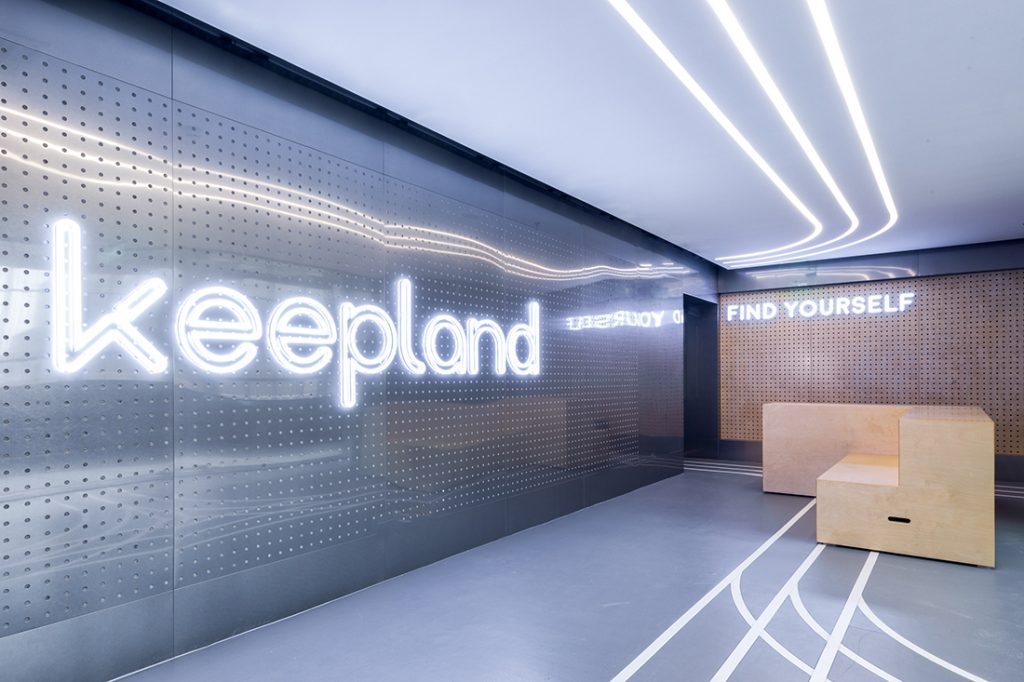
Flagship gym experience Keepland (Beijing) designed for digital fitness startup Keep
The pursuit of simplicity is nothing new. It was not invented by Apple, prophesised from a TED stage nor the result of a consultant’s report. Simplicity has been the driving ambition of every architect, product designer, interior designer, brand designer, graphic designer, lighting designer and any other kind of ‘designer’ ever (or it should at least). No less that Da Vinci once said, “Simplicity is the ultimate sophistication.”
The same exists within the world of advertising – an industry that itself has placed simplicity and the pursuit of ‘human truth’ at the heart of its existence – and in the world of technology, where the obsession with simplicity is all encompassing.
Together, these firms are the architects, designers and developers of the entire brand experience – online and offline. All are highly experienced, professional industries, all are obsessed with the creation of simplicity.
Yet research shows us that the opposite is happening. Brands have never had more channels, and less connectivity between them. There is a systematic failure in the way experiences are designed and delivered.
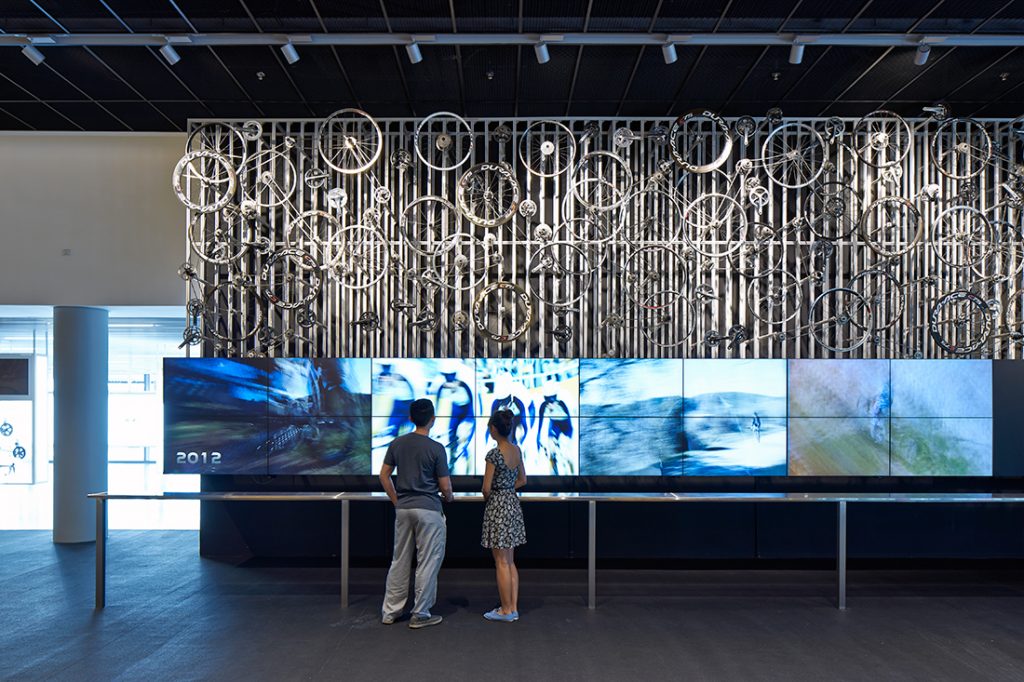
Shimano Cycling World (Singapore)
Nowhere is this disconnect more evident than in the world of retail, where the obsession with ‘multi-channel’ and ‘omni-channel’ is little more than a byword for maintaining the old-guard (architects owning the space, tech companies and advertisers the channels and content) and the misplaced hope that everything will come together without too much friction for the user. Another plate to spin… another slice of bread in the loaf… another form of customer complexity.
In China, it is even a stretch to describe the market as multi-channel. For an entire generation of Chinese customers brought up with a smartphone in their hand and access to WeChat, the world is mono-channel. The boundaries of their online and offline worlds have already merged, existing in the same space and time – something to be flicked between, as familiar as breathing, and as necessary too. The pre-iPhone world is a history lesson. (It’s worth noting that this generation is expected to have double the spending power of millennials too.)
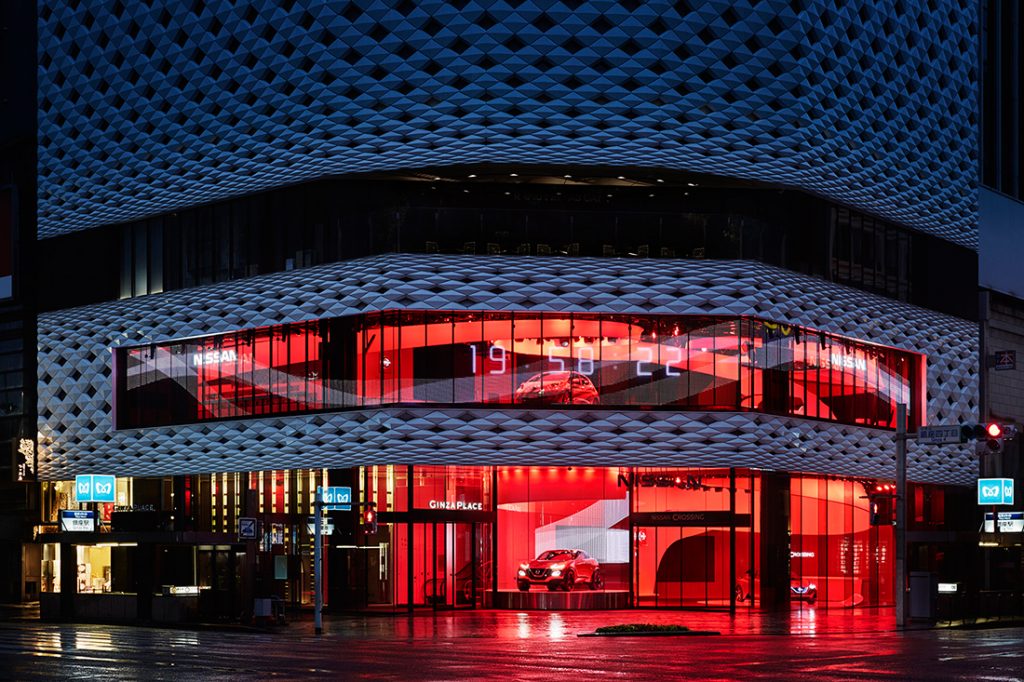
Nissan Crossing Experience Centre (Ginza, Tokyo)
They, and anyone else who would rather have a simple experience when they shop or visit a public space, are being massively underserviced. Herein lies the opportunity for the design community.
While businesses continue to wrestle with unpicking their post-industrial structures, the worlds of architecture, technology and content can come together to proactively drive change. Working collaboratively on design solutions for our clients; helping businesses see the big picture – not just maintaining the status quo at the expense of the customer experience.
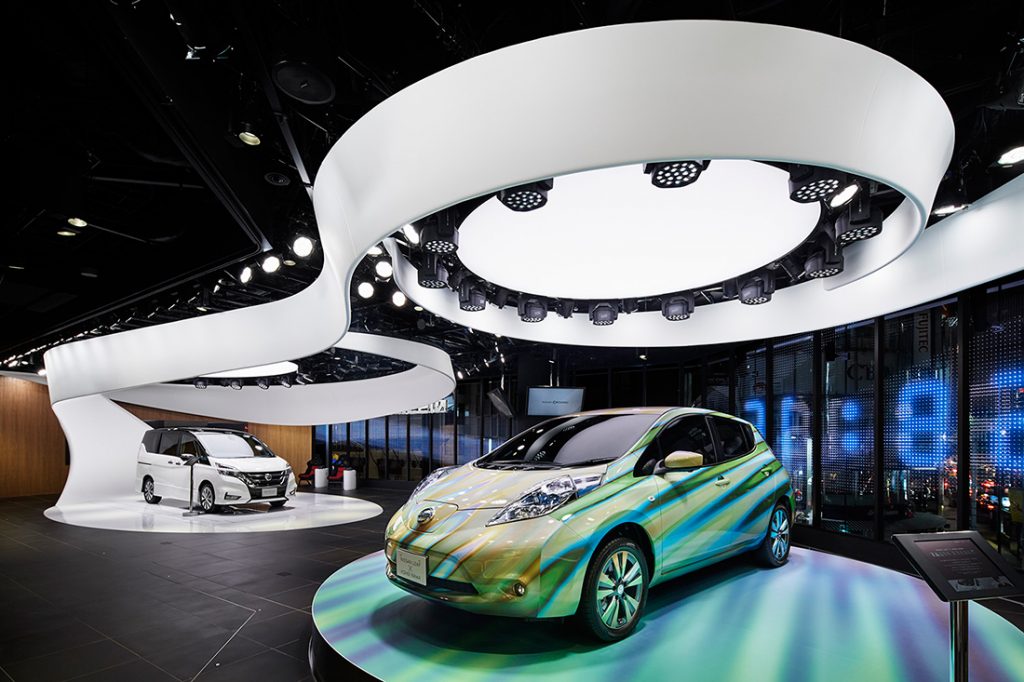
Nissan Crossing Experience Centre (Ginza, Tokyo)
This will necessitate a change in the way many people in the industry perceive, and work with each other.
It will require deeper appreciation of the role of brand strategy and communication design within the architectural community, so it is not treated as an add-on service or a way to rationalise existing ideas, but as a fundamental basis for the design process.
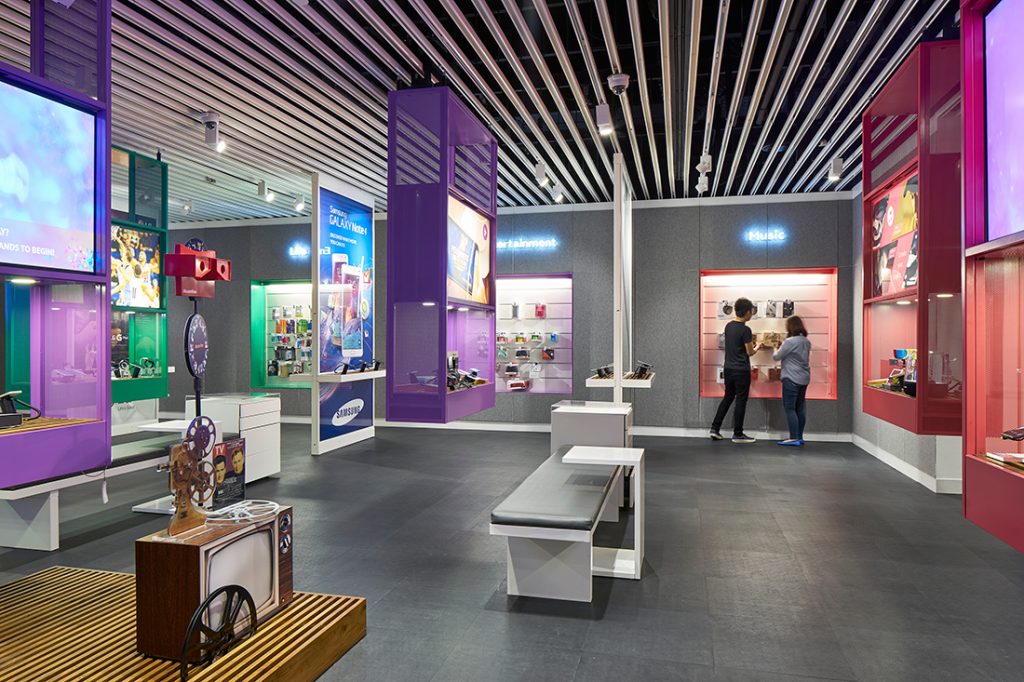
Globe Telecom (Manila)
It will require the advertising/communications industry to look beyond their obsession of geo-locational push-messaging, ‘Instagram moments’ and awards cycles, to help create content of relevance and value that enhances the customer experience.
All this is should be, of course, underpinned by the guiding hand of technology; designed to be invisible when you don’t need it – simple, intuitive and responsive when you do.
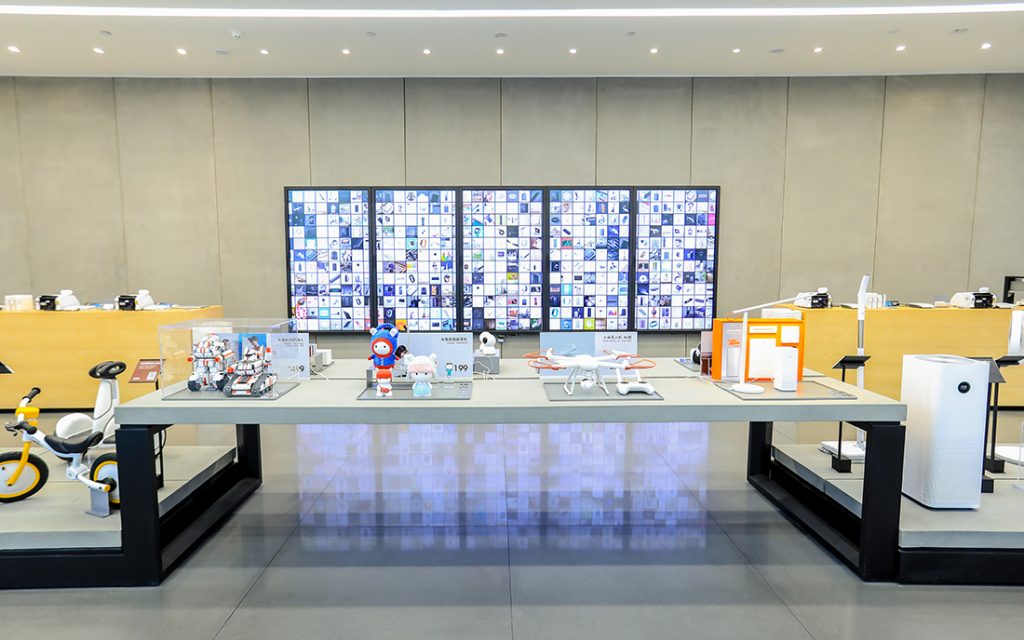
Xiaomi Flagship Store (Beijing)
In its 100th anniversary, the beliefs and ethos of the Bauhaus movement– the merging of art and technology to design things of value, simplicity and beauty – have never been more relevant. Nor have there been more ways to achieve these outcomes.
Now is the time to re-think what simplicity means in a complex, connected world. We have at our disposal all the tools we need to design experiences of real meaning and value – experiences that will influence how people interact with the world around them, with brands, and with each other. It will just take a bit of willpower and a lot of collaboration.
INDESIGN is on instagram
Follow @indesignlive
A searchable and comprehensive guide for specifying leading products and their suppliers
Keep up to date with the latest and greatest from our industry BFF's!

For a closer look behind the creative process, watch this video interview with Sebastian Nash, where he explores the making of King Living’s textile range – from fibre choices to design intent.

The undeniable thread connecting Herman Miller and Knoll’s design legacies across the decades now finds its profound physical embodiment at MillerKnoll’s new Design Yard Archives.

London-based design duo Raw Edges have joined forces with Established & Sons and Tongue & Groove to introduce Wall to Wall – a hand-stained, “living collection” that transforms parquet flooring into a canvas of colour, pattern, and possibility.

Warren and Mahoney’s (WAM) design for the newly opened Oran Park Leisure Centre (OPLC) celebrates the facility’s unique location – promoting an active lifestyle at the literal core of this thriving community.

We hear from the GA Group Marketing Executive about how the neighbouring forest reserve, local culture, art and sustainability create a unique boutique hotel with a sense of place.
The internet never sleeps! Here's the stuff you might have missed
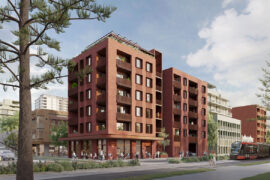
The Minns Labor Government has unveiled nine new architect-designed mid-rise apartment patterns, expanding the NSW Housing Pattern Book and accelerating the delivery of accessible, high-quality housing across the state.
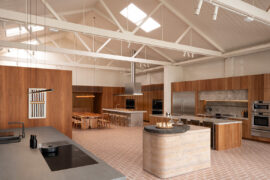
The Fisher and Paykel Melbourne Experience Centre by Clare Cousins Architects with Fisher and Paykel Design and Alt Group has been awarded The Retail Space at the INDE.Awards 2025. As a winning project, it redefines the possibilities of retail architecture by creating an immersive, material rich environment shaped by place, culture and craft.